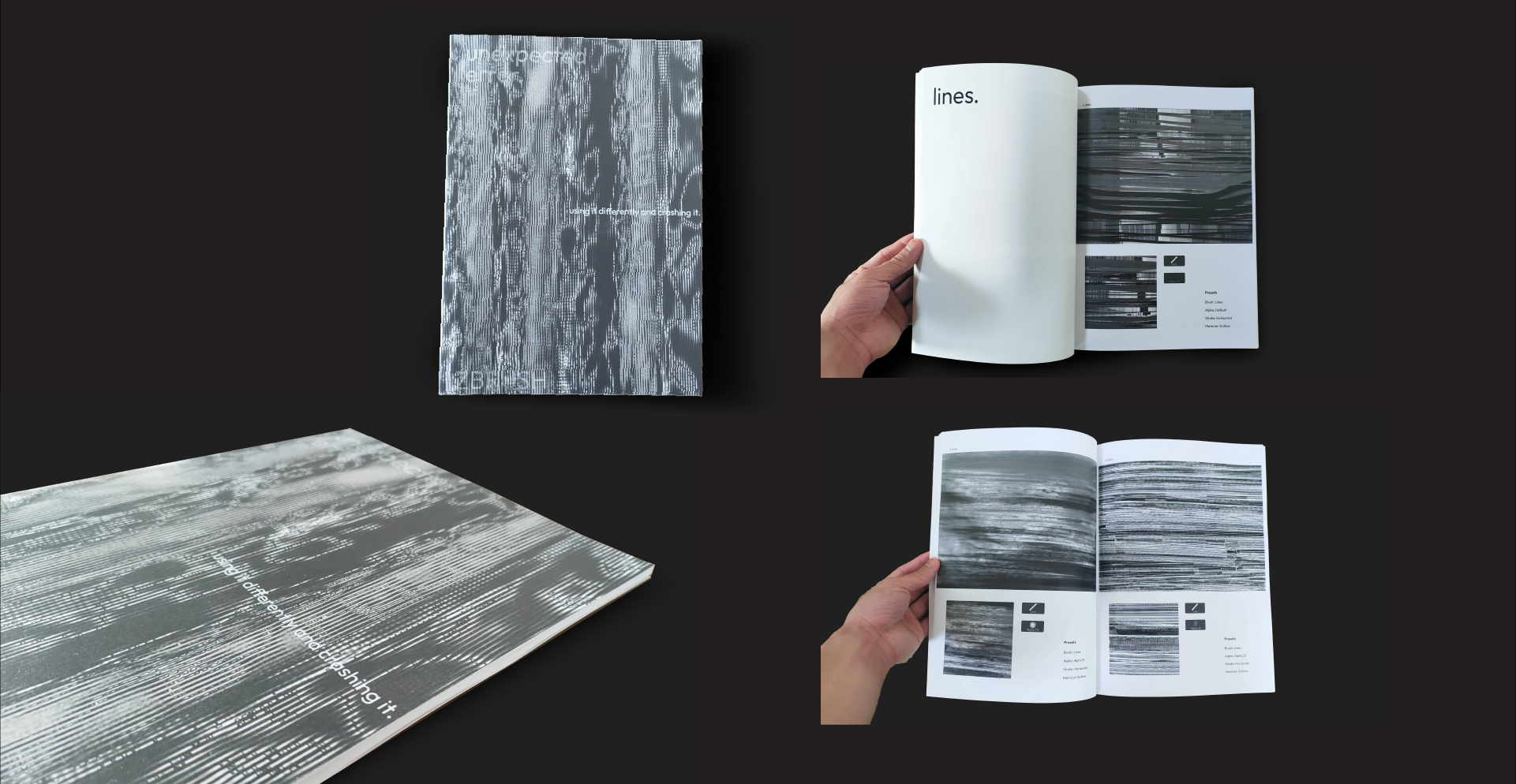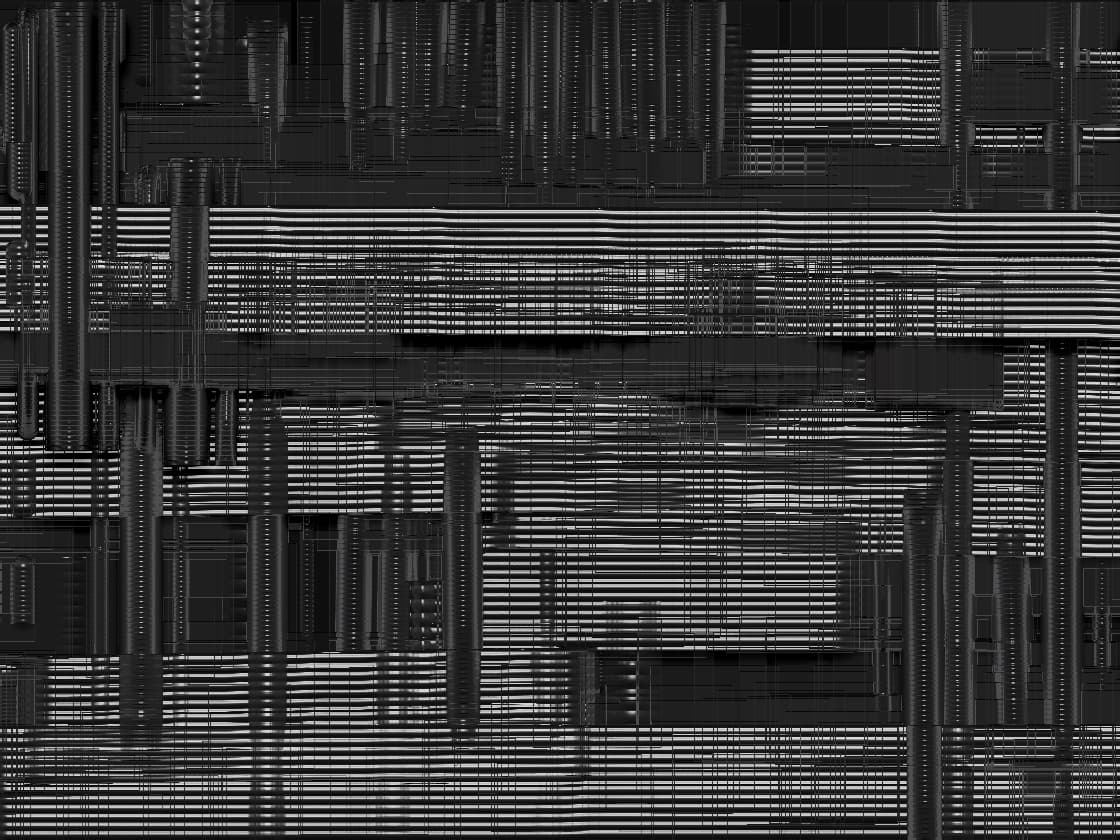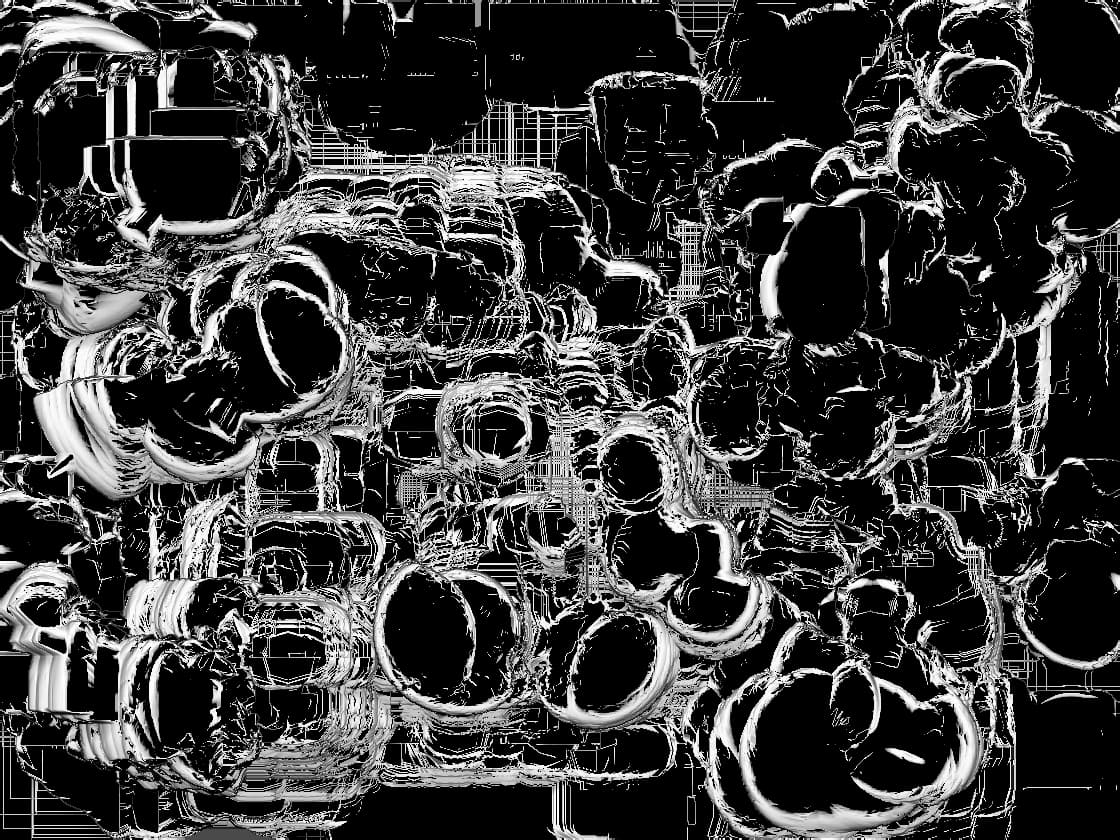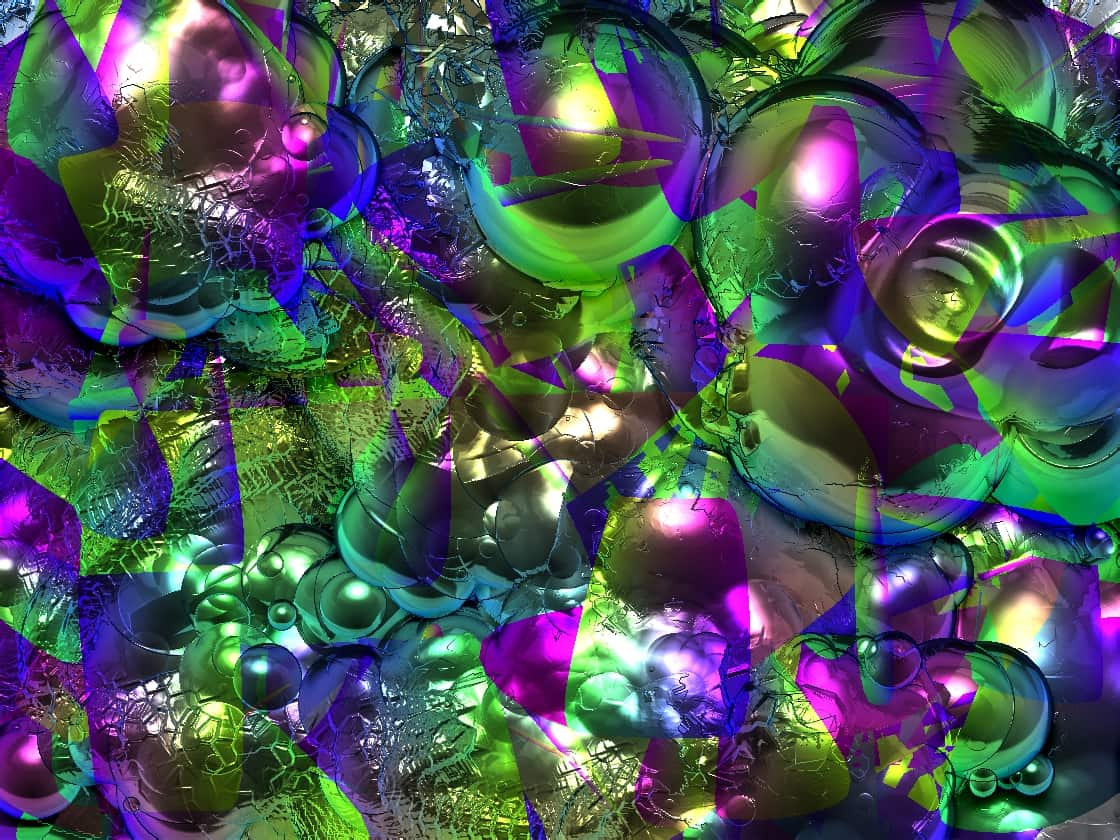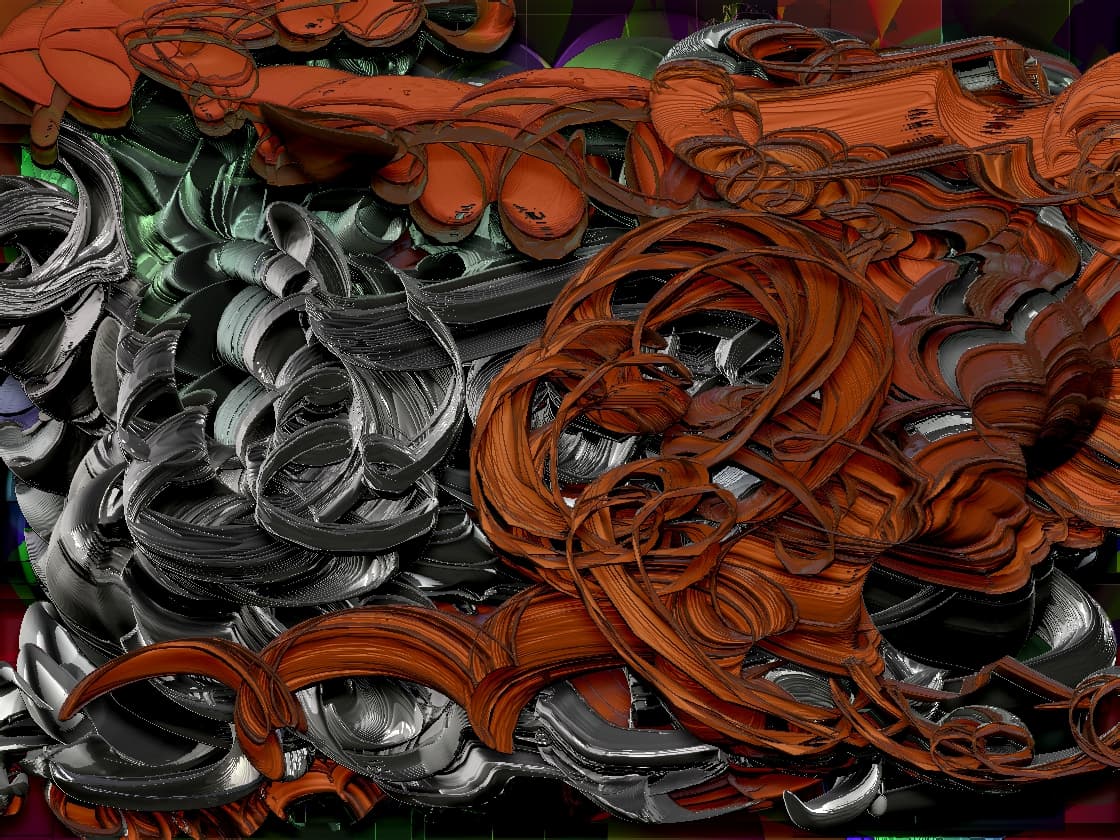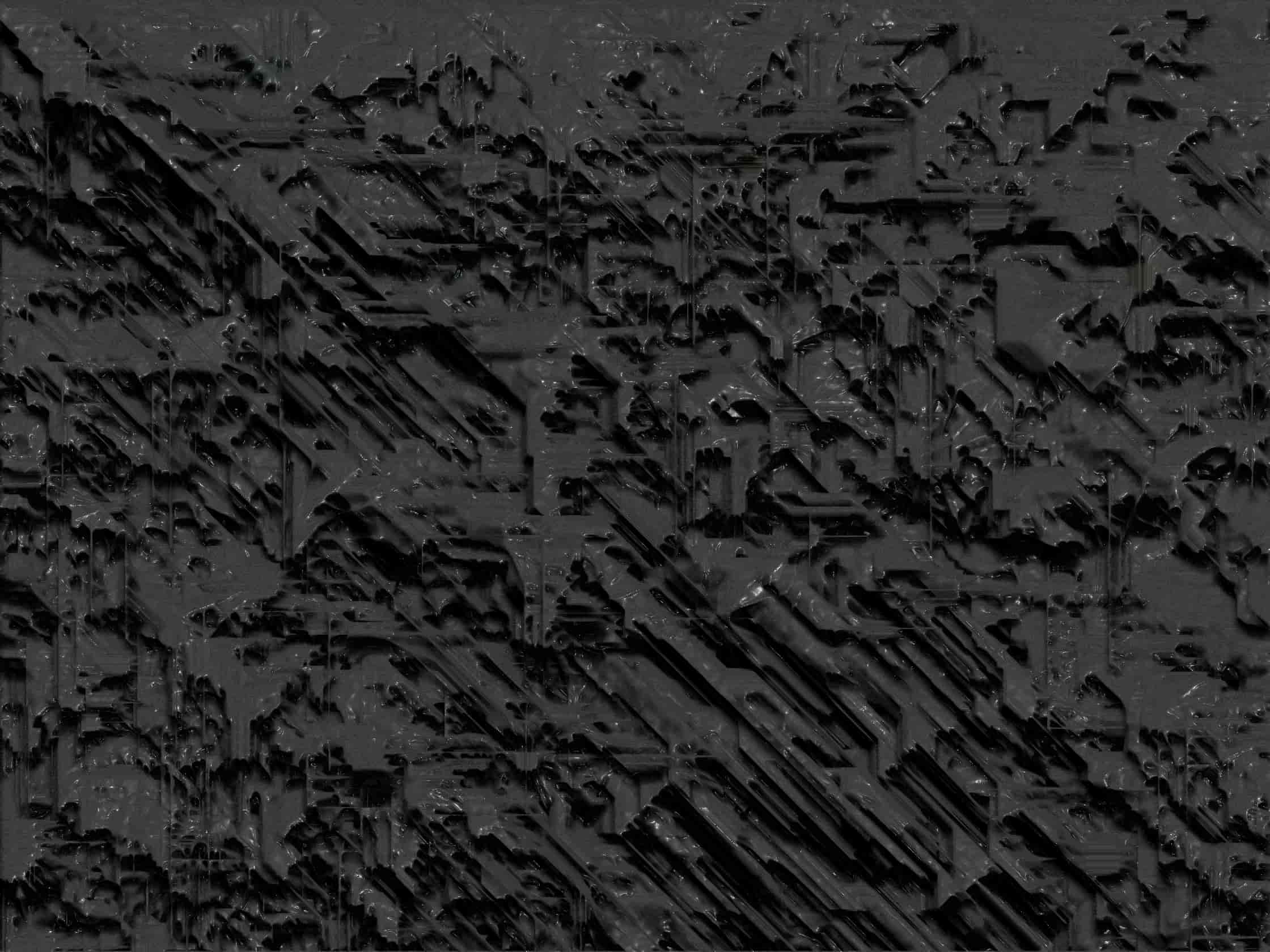UNEXPECTED ERRORS
This book explores an experimental method involving Zbrush, a 3D sculpting software. It will utilize Zbrush not as intended, but as a 2D painting tool to produce a sequence of 3D model faces on a 2D canvas, resulting in captivating visual patterns reminiscent of computer-generated graphics. The design process will involve utilizing the fundamental tools and functions available in the software, along with establishing a structured approach to the visuals through systematic methods.


